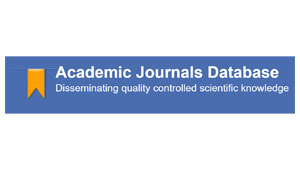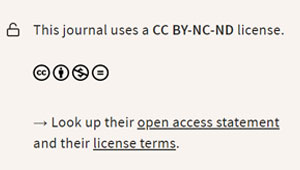Zahide Acar, Savaş Sarıaltun
DOI: 10.59427/rcli/2023/v23.83-96
In this study, stable isotope analyses of calcium carbonate soil samples detected in Neolithic fillings at Sumaki Höyük were performed to determine the causality of climate variability. Approximately 2000-year cycles have been 9000-8000, 6000-5000, 4200-3800, 3500-2500, 1200-1000, and 600-150 years BP, with a current total of six occurrences which are called Rapid Climate Change (RCC). Additionally, since the beginning of the early Holocene, at least eleven similar events with much more effective and rapid climatic changes, such as the 10.2, 9.2, and 8.2 ka events, have been defined. The most discussed climate change event in the Holocene occurred 8200 years ago, known as the 8.2 ka event. There are variations in dating among many studies concerning the 8.2 ka event. While numerous studies have focused on the impact of the 8.2 ka event on Neolithic cultural changes, “collapse,” and migration phenomena, the potential impact of the 9.2 ka event on culture has been rarely explored. The focus is on determining the global and local events of the climatic changes in Northern Mesopotamia in the period between 9.2 and 8.2 ka. The global climate data were analysed separately with data from various areas and in each phase, the scale representing the Neolithic period at Sumaki Höyük and macro-micro factors were discussed. It was therefore attempted to interpret the presence or effects of the Monsoon and Atlantic interactions on Neolithic climatic anomalies of the Sumaki Höyük settlement. As a result, the causality of the settlement and its abandonment, along with changes in the settlement strategy, were interpreted.
Pág. 83-96, 24-sep,









Very nice post. I absolutely love this site. Keep it up!